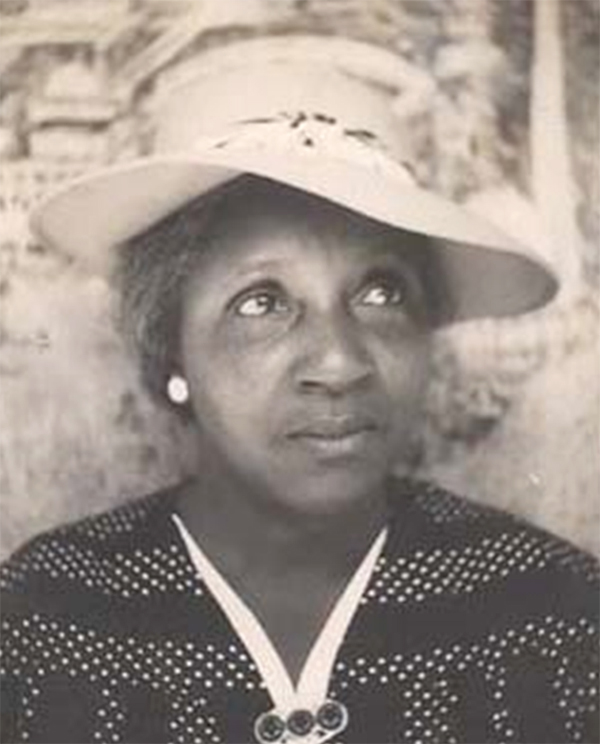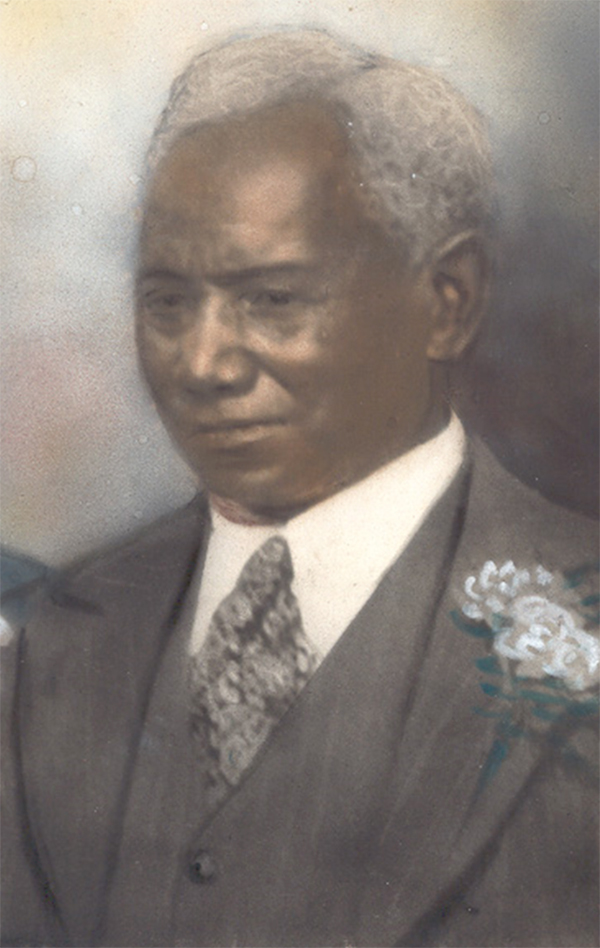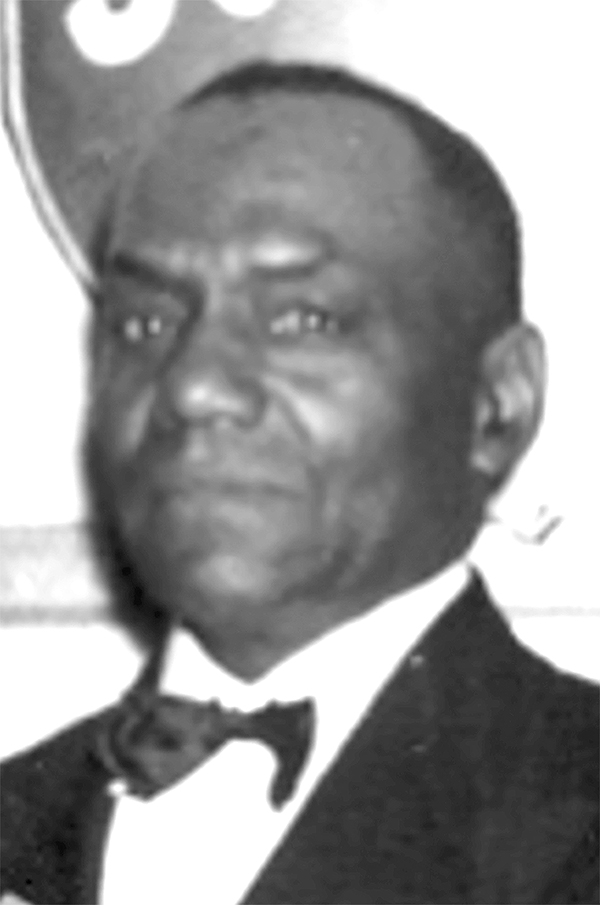February is Black History Month – an opportunity to examine Kenilworth’s early African-American roots.
One of the earliest documented African-Americans living here was slave girl Eva Sayre. Born about 1795, she lived, until about 1870, on the former Sayre farm on Springfield Rd. adjacent to Black Brook Park. John Storts (b. 1801), one of the earliest African-American landowners, had a farm in the 1840s on Galloping Hill road near the entry to the Merck complex.
In the late 1800s there were many African-American farm laborers who lived here with families that employed them. The first established church was the First Baptist Church, founded in 1904 and soon led by Rev. William Hawes. African-American voters were credited for the passage of the 1907 referendum that created Kenilworth as an independent community, carved from parts of Cranford and Union. In 1910 African-Americans comprised over 10% of the Borough’s population, mostly living Downtown, where much of today’s 3% African-American population resides.
A most prominent African-American in the 1920s-1940s was Howard Anthony. A respected businessman, he was appointed to the board of education in 1925, being the first African-American on a New Jersey school board. His son, Napoleon, served in WWI and narrowly escaped being killed when an enemy bullet passed through his helmet.
Mamie Wakefield was a prime mover in forming in 1923 the Union Baptist Church now on Sheridan Ave. Addie Smith, the first African-American businesswoman, lived on N. 17th St. Her family was among the founders in 1918 of St. Paul’s AME Church now on Monroe Ave.
An extensive history of Kenilworth’s African-American roots is available at the public library in books authored by the writer of this article, Walter E. Boright, Ed. D. Persons with inquiries about this or other aspects of Kenilworth history may contact Dr. Boright at drbori@aol.com or 908-256-5200.
Photos courtesy Historic Signs, Inc.

Mamie Wakefield (1885-1973), a founder of the Union Baptist Church

Howard Anthony, Sr., (1872-1953) first African-American to serve on a NJ board of education.

Addie Smith (1880-1963), first African-American businesswoman

Napoleon Anthony (1894-1856), WWI veteran, nearly killed in action
